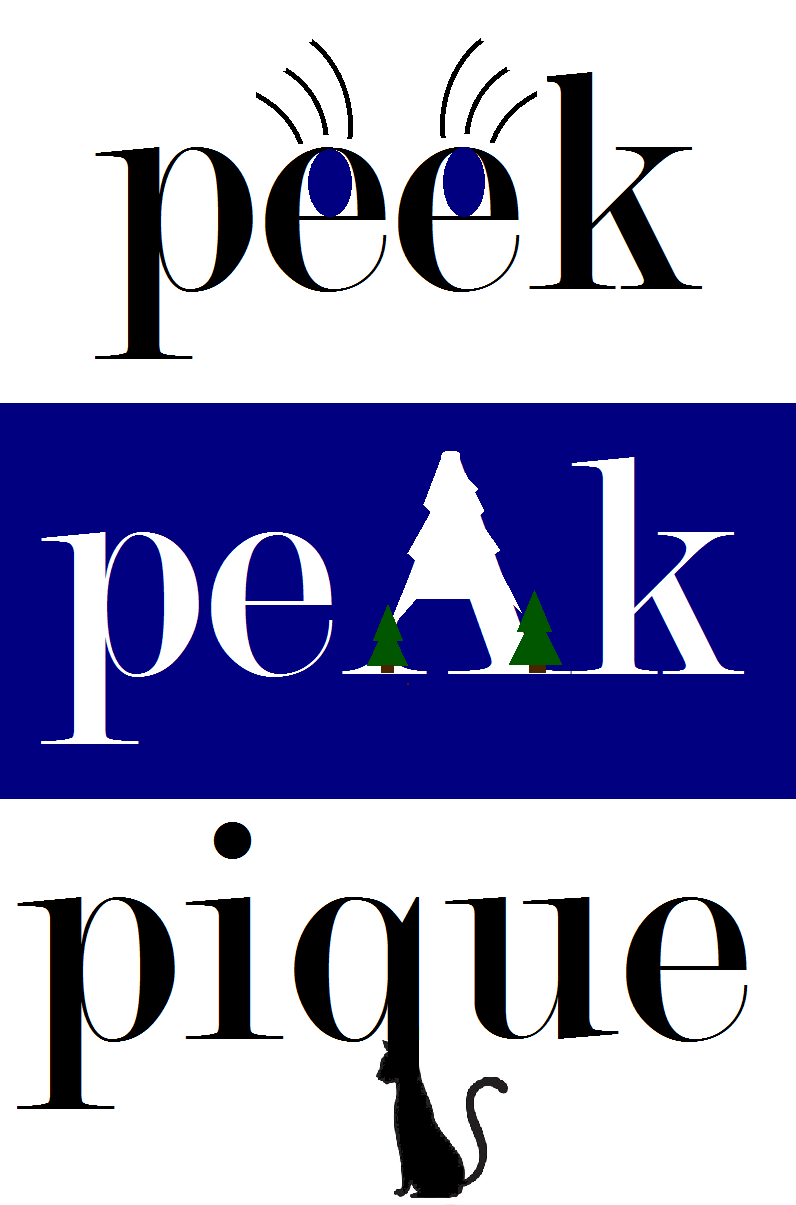 | ||
| Picture by Lisa Rivera |
Oh my word! My tips and tricks for peek, peak, and pique aren't nearly as cute and memorable as the ones Lisa Rivera has created in the picture above! In our curriculum materials, and on the web, I don't have access to that kind of graphic representation of words. I might have to look into that in the future!
In the meantime, her picture says a thousand words--okay, well really just three:
1. Peek
a. Verb meaning a secretive look--And then I am going to peek into the package.
b. Noun meaning a small glance--She took a peek into the package.
c. Thus, the two EYES in the middle of the word peek in the graphic. (We do have that in our books, but we just tell it not show it--showing it is so much better!)
2. Peak
a. Verb meaning to reach the highest point---They said that the dancer was going to peak at just the right time.
b. Noun meaning the highest point---They reached the mountain's peak.
c. Adjective meaning highest point---They were at their peak performance.
d. Love the graphic with the A being a high, mountainous point.
3. Pique'
a. Verb meaning to arouse curiosity--They really tried to pique' our attention with those pictures.
b. Noun meaning resentment--He slammed the door in a fit of pique'. (Use it interchangeably with "quick anger."
c. Noun or adjective meaning nubby fabric--He wore his pique' bright yellow polo shirt.
d. The verb is the most common meaning; and thus, we see the cat at the bottom of the q in the picture because "curiosity killed the cat." CLEVER!
If you don't have that great picture above, here are ways to remember these three:
1. Peek--has two e's, and we have two eyes and peek with our eyes
2. Peak---not two e's OR They have a lEAK in the pEAK of their roof.
3. Pique'--Ends with que---question begins with que
Happy Wordy Wednesday! If you like our blog, share it with others! Put the FB link on your timeline, so others can learn with Language Lady each week! Smile...



